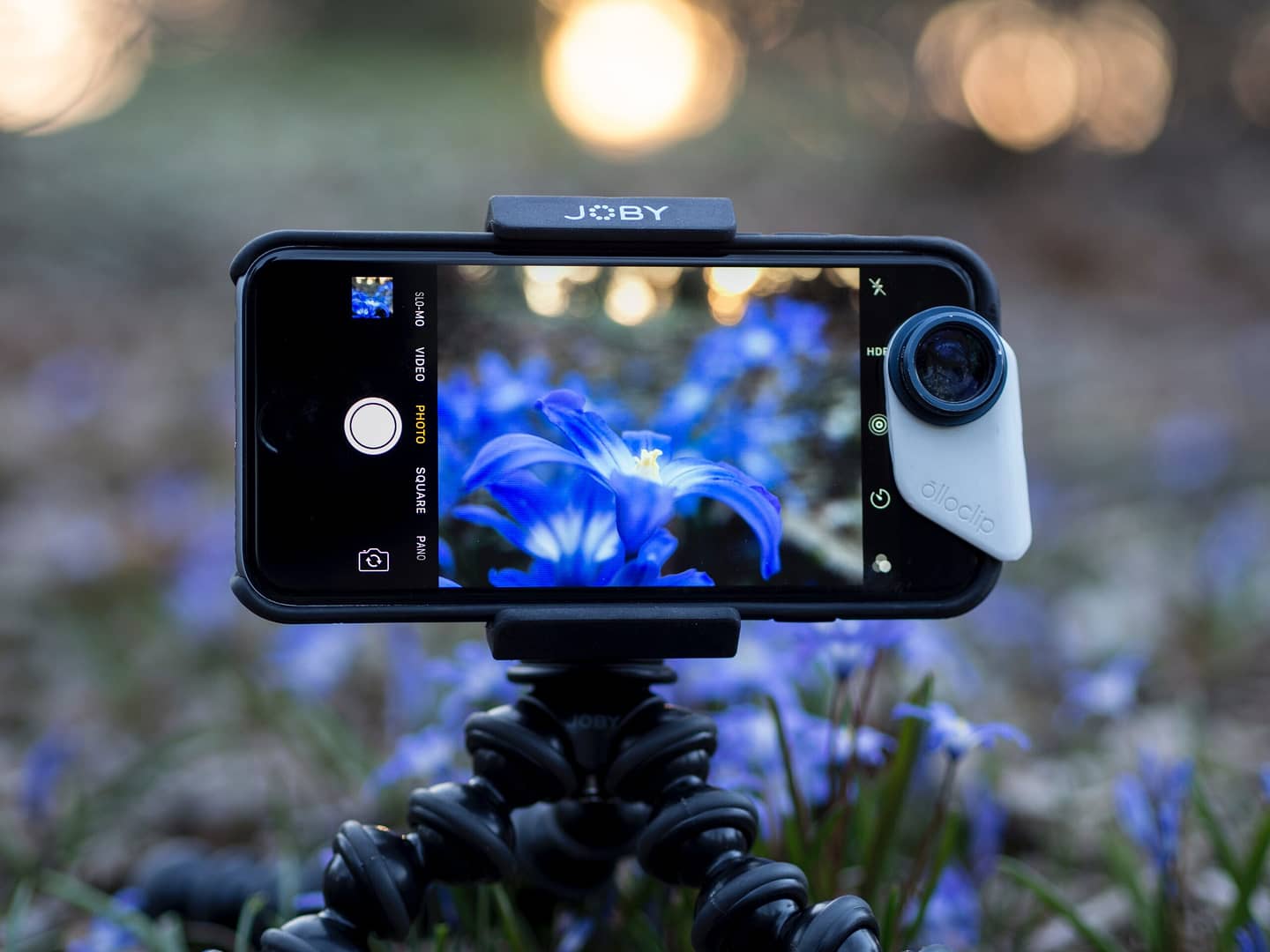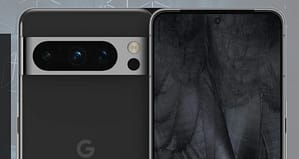Top 5 Best Camera Phones in the World:
Google Pixel Fold:
The camera system on the Pixel Fold undoubtedly outperforms its competition. On the rear, it boasts a triple-camera setup that captures 12-megapixel photos using a primary lens, an ultrawide lens, and an impressive 5x optical zoom lens, a groundbreaking feature for a folding phone. While it may not quite match the exceptional camera system of the Pixel 7 Pro, it delivers comparable results.
The primary camera excels in capturing an impressive level of detail, consistently producing excellent shots under various lighting conditions. The ultrawide camera performs admirably but tends to exhibit more noise in lower-light situations.
The real standout is the 5x optical zoom camera, providing substantially more reach to distant subjects compared to the standard 2x or 3x zoom options. Additionally, the digital zoom extends the capabilities further, delivering satisfactory results even at 10x and beyond.
The Pixel Fold is equipped with two decent selfie cameras, one on each screen, primarily designed for video calls. When unfolded, the external screen serves as a viewfinder for taking selfies with the primary cameras, resulting in markedly improved self-portraits. Google’s low-light photography mode stands out as best-in-class, and the folding modes offer practical advantages for propping up the phone to capture shots of the night sky, group selfies, and other intriguing photos. While it lacks a full manual mode, it provides sufficient adjustments for most users and delivers solid video recording capabilities.”
Xiaomi 13 Ultra
The main camera of the 50 MP lens quartet on the back is like its predecessor, the Sony IMX989, in a 1-inch format with a maximum aperture of f/1.9. But the 13 Ultra’s new Leica Summicron 8P lens should offer better image quality. The main camera has a variable aperture, so users can also choose an f/4.0 aperture, for example, to achieve better depth of field. However, the aperture cannot be adjusted as smoothly as on the Huawei Mate 50 Pro. In addition to JPEGs, the Xiaomi flagship can also save photos in 14-bit RAW format, which was developed jointly with Adobe for Photoshop or Lightroom.
In daylight, the Xiaomi 13 Ultra’s 32MP front camera delivers compelling photos with a remarkable level of detail. Despite the high resolution, the Ultra model is only capable of recording videos in a maximum resolution of 1080p at 30 fps. The front camera does not support pixel binning.
The high resolution of the 50 MP sensor is used for pixel grouping by default, which should have a positive effect on low-light photography. As we have already seen with the Xiaomi 13 Pro, the gray areas stand out much more than in the photos of the competition, which often animates them: whether you like it or not is a matter of taste. In terms of sharpness, the Xiaomi 13 Ultra takes very appealing photos even in low light conditions.
Pixel 7 Pro
The main camera’s 50-megapixel sensor hasn’t changed compared to last year, but Google has found another use for it: a 12-megapixel sensor cutout in the center allows for 2x optical zoom, which is a very nice touch. The ultra-wide-angle camera has been expanded this year to match the field of view of other flagships. The periscope zoom camera has also undergone a major change, now offering a slightly larger 5x zoom compared to just 4x on its predecessor.
Google explains that at 10x magnification it uses additional tricks to ensure better quality. At longer zoom ranges like 15x, handshake is an issue on other phones, but again the Pixel 7 Pro comes to the rescue with zoom stabilization, which identifies your subject and locks the camera lens onto it.
Samsung Galaxy S23 Ultra
The S23 Ultra boasts one of the most formidable mobile camera systems available for purchase. It encompasses both a 3x and 10x telephoto lens, an ultrawide lens, and, of course, the striking new 200-megapixel primary camera. This device is capable of capturing images that, quite frankly, I find astounding for a smartphone, particularly in the 10x to 30x zoom range.
To illustrate its prowess, I snapped a photograph of the Space Needle’s apex from ground level, standing over half a mile away. Remarkably, I can discern intricate details such as the elevators and individuals on the observation deck. It’s truly remarkable.
However, it’s important to note that the 200-megapixel sensor offers more than just the ability to take high-resolution photos. While that option is available, a simple tap on the menu, followed by pressing the shutter button, delivers a staggering 200 million pixels at your disposal. In favorable lighting conditions, these photos reveal an incredible level of detail when zoomed in. Admittedly, these images may lack the broader dynamic range found in standard shooting mode, but if your goal is pure, unadulterated detail, then this camera does not disappoint.
iPhone 14 Pro Max
Apple has introduced significant changes to its camera system in the iPhone 14 Pro Max, notably by incorporating a 48MP primary wide sensor for the first time. By default, this sensor combines every four pixels into a quad-pixel arrangement, optimizing the capture of light to produce 12MP photos. However, if you seek the utmost detail, you can switch to 48MP mode in Pro RAW, which is particularly useful for cropping.
The addition of the 48MP camera also brings a new 2x zoom capability, complementing the existing 12MP 3x telephoto zoom lens. It’s worth noting that this setup doesn’t offer the extensive zoom capabilities seen in the Galaxy S22 Ultra, which boasts a 10x dual optical configuration.
Furthermore, the iPhone Pro Max boasts a revamped 12MP ultrawide camera, nearly twice the size of its predecessor. The 12MP TrueDepth camera now supports autofocus and boasts a faster f/1.9 aperture, resulting in improved low-light photography. Enhanced low-light performance is a key focus of this phone, thanks to the Photonic Engine powered by the A16 Bionic chip, designed to deliver brighter and more vibrant photos across all camera lenses.
To capture 48MP photos, you’ll need to activate Apple Pro Raw and set the resolution to 48MP in the Settings app. While it would be more convenient to enable this directly within the camera app, once activated, you can effortlessly switch between RAW and standard photos directly in the camera app.




